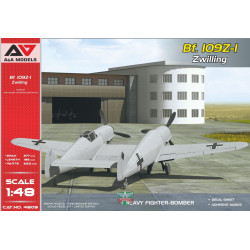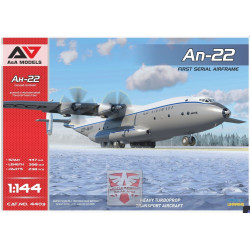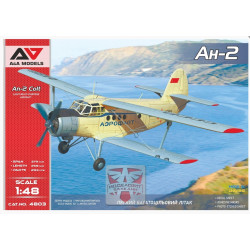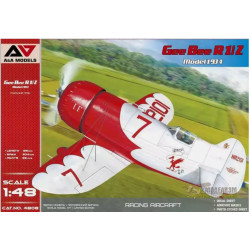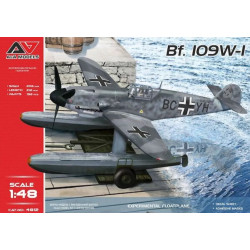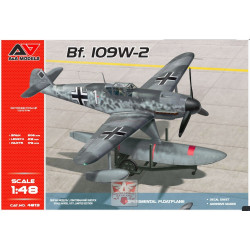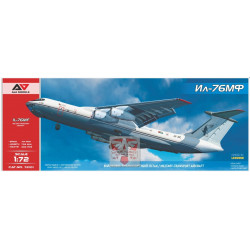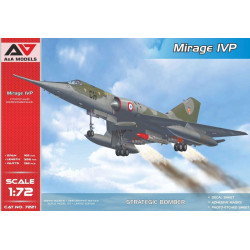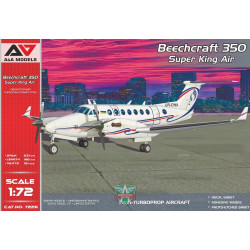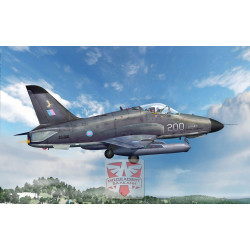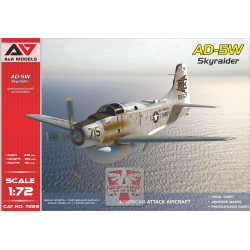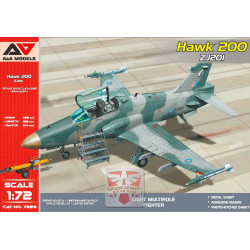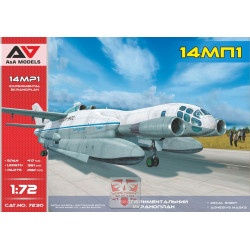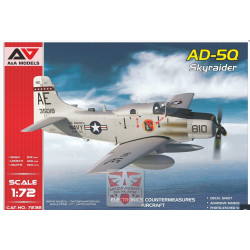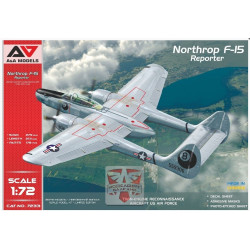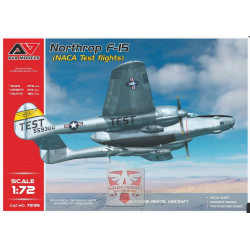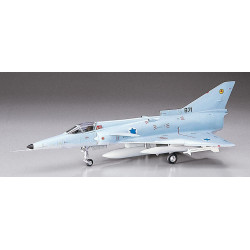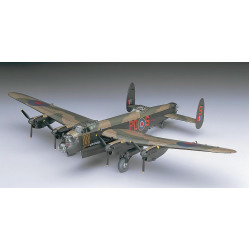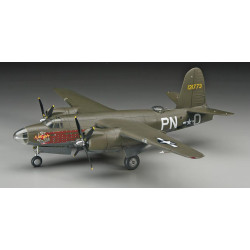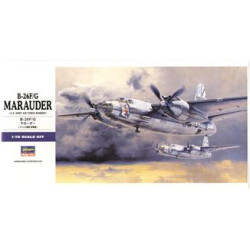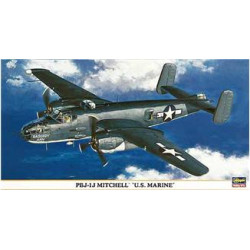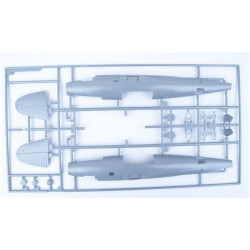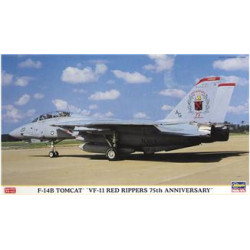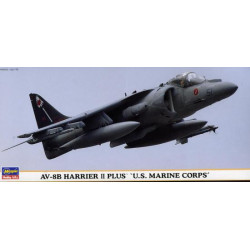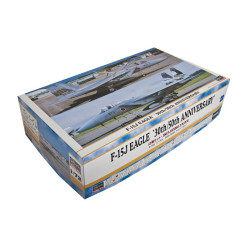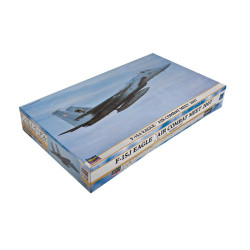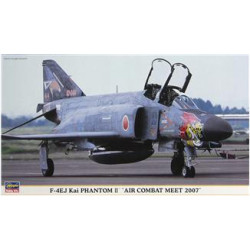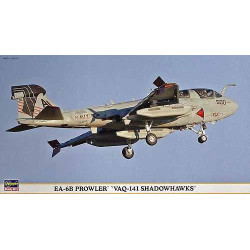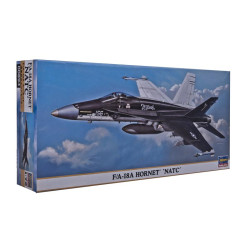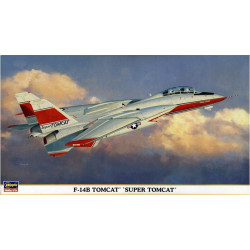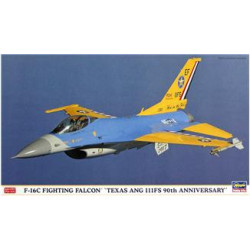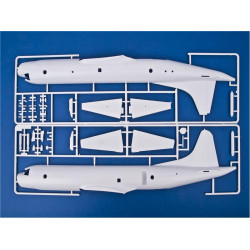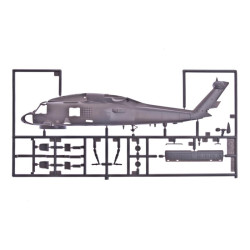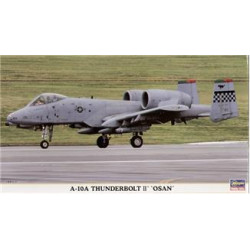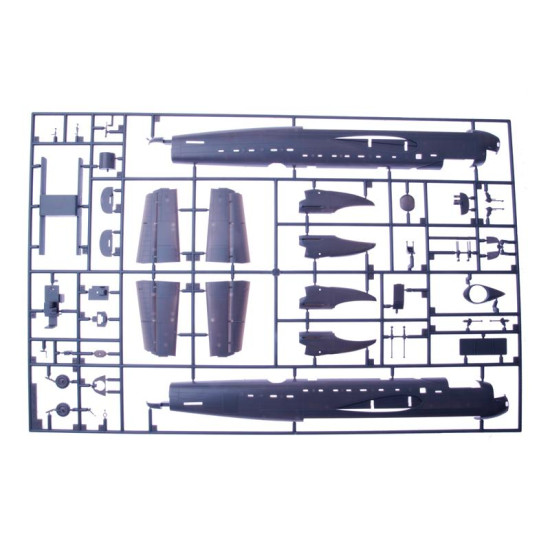
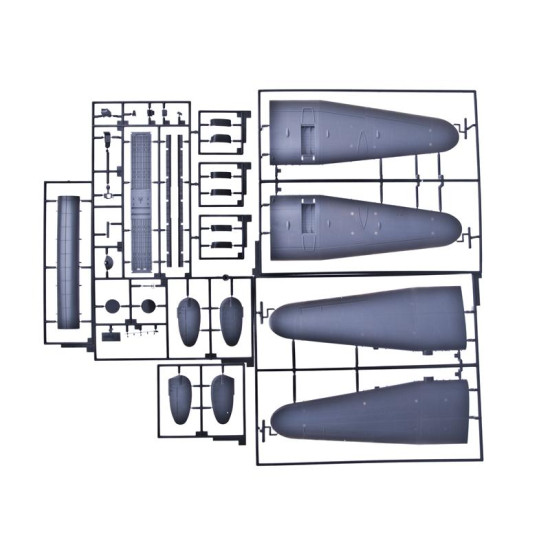
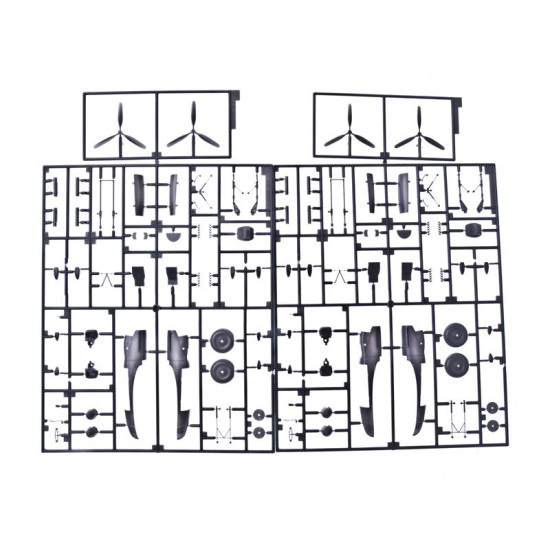
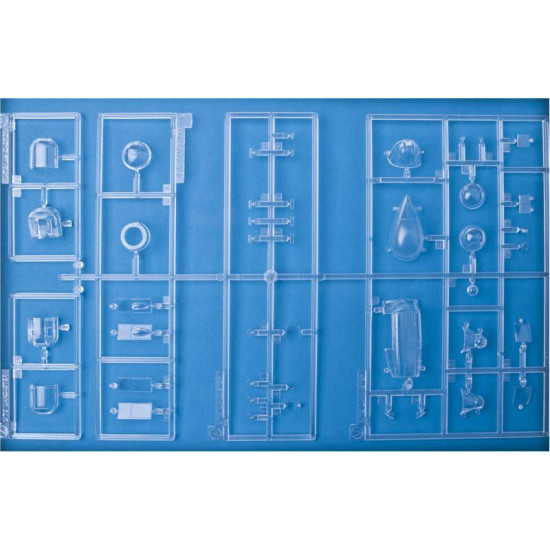
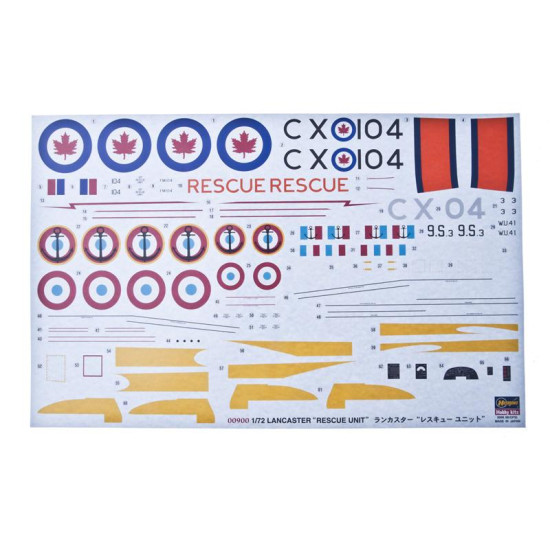





Avro Lancaster Rescue Unit
1/72 Aircrafts, Planes
Hasegawa 00900
Manufacturer: Hasegawa
Scale: 1/72
Material: Plastic
Paint: Unpainted, Unassembled, Kit do not contain paints and glue.
Condition: New in Box
The Avro Lancaster is a British four-engined Second World War heavy bomber designed and built by Avro for the Royal Air Force (RAF). It first saw active service with RAF Bomber Command in 1942 and, as thestrategic bombing offensive over Europe gathered momentum, it became the main heavy bomber used by the RAF, the RCAF, and squadrons from other Commonwealth and European countries serving within the RAF, overshadowing its close contemporaries the Handley Page Halifax and Short Stirling.The Lancaster, an evolution of the troublesome Avro Manchester, was designed by Roy Chadwick and was powered by four Rolls-Royce Merlins, or, in one version, Bristol Hercules engines.A long, unobstructed bomb bay meant that the Lancaster could take even the largest bombs used by the RAF, including the 4,000 lb (1,800 kg), 8,000 lb (3,600 kg), and 12,000 lb (5,400 kg) blockbusters, loads often supplemented with smaller bombs or incendiaries. The versatility of the Lancaster was such that it was chosen to equip 617 Squadron, and was modified to carry the Barnes Wallis designedUpkeep "Bouncing bomb" for Operation Chastise, the attack on Germany's Ruhr Valley dams. Although the Lancaster was primarily a night bomber, it excelled in many other roles, including daylight precision bombing: in the latter role some Lancasters were adapted to carry the 12,000 lb (5,400 kg) Tallboy and, ultimately, the 22,000 lb (10,000 kg)Grand Slam earthquake bombs (also designed by Wallis).As early as 1943, a Lancaster was converted to become an engine test bed for the Metropolitan-Vickers F.2 turbojet. Lancasters were later used to test several different engines, including the Armstrong Siddeley Mamba and Rolls-Royce Dart turboprops, and the Avro Canada Orendaand STAL Dovern turbojets. Postwar, the Lancaster was supplanted as the RAF's main strategic bomber by the Avro Lincoln, itself a larger permutation of the Lancaster. Instead the Lancaster took on the role of long range anti-submarine patrol aircraft (later supplanted by the Avro Shackleton) and air-sea rescue. It was also used in roles as diverse as photo-reconnaissance and aerial mapping, as a flying tanker for aerial refueling, and as the Avro Lancastrian, a long-range, high-speed transatlantic passenger and postal delivery airliner. In March 1946, a Lancastrian of BSAA flew the first scheduled flight from the then new London Heathrow Airport.Avro's chief designer, Roy Chadwick, was already working on an improved Manchester design using four of the more reliable, but less powerful Rolls-Royce Merlin engines on a larger wing. The aircraft was initially designated Avro Type 683 Manchester III, and later renamed the "Lancaster". The prototype aircraft BT308 was assembled by Avro's experimental flight department at Manchester's Ringway Airport. Test pilot H.A. "Bill" Thorn took the controls for its first flight at Ringway, on Thursday, 9 January 1941. The aircraft proved to be a great improvement on its predecessor, being "one of the few warplanes in history to be 'right' from the start.Its initial three-finned tail layout, a result of the design being adapted from the Manchester I, was quickly changed on the second prototype DG595 and subsequent production aircraft, to the familiar twin-finned specification also used on the later Manchesters.
Some of the later orders for Manchesters were changed in favour of Lancasters; the designs were very similar and both featured the same distinctive greenhouse cockpit, turret nose, and twin tail. The Lancaster discarded the stubby central third tail fin of the early Manchesters and used the wider span tailplane and larger elliptical twin fins from the later Manchester IA.
The Lancaster is a mid-wing cantilever monoplane with an oval all-metal fuselage. The wing was constructed in five main sections, the fuselage in five sections. All wing and fuselage sections were built separately and fitted with all the required equipment before final assembly. The tail unit had twin elliptical fins and rudders. The Lancaster was initially powered by four wing-mounted Rolls-Royce Merlin piston engines driving 13 ft diameter de Havilland Hydromatic three-bladed airscrews. It had retractable main landing gear and fixed tailwheel, with the hydraulically operated main landing gear raising rearwards into the inner engine nacelles.Of later variants, only the Canadian-built Lancaster B X, manufactured by Victory Aircraft in Malton, Ontario, was produced in significant numbers. A total of 430 of this type were built, earlier examples differing little from their British-built predecessors, except for using Packard-built Merlin engines and American-style instrumentation and electrics. The final production version was the Mark VII and was made by the Austin motor company at their Longbridge factory. The main design difference with the Mark VII was the use of the American-built Martin dorsal gun turret in place of the English Nash & Thompson one; they had to be mounted slightly further forward on the fuselage for weight balance. All were produced too late for the war in Europe and were tropicalized and upgraded as the Mark VII (FE) for use in the Far East against Japan. A total of 7,377 Lancasters of all marks were built throughout the duration of the war, each at a 1943 cost of £45-50,000.
Avro Lancaster
Royal Air Force Avro Lancaster B I PA474 of the Battle of Britain Memorial Flight. This aircraft carries the deepened bomb aimer's blister (Mod. 780), and the later paddle-bladed propellers. Neither H2Sblister nor exhaust shrouds are fitted.
Role
Heavy bomber
Manufacturer
Avro
Designer
Roy Chadwick
First flight
9 January 1941
Introduction
February 1942
Retired
1963 (Canada)
Primary users
Royal Air Force
Royal Canadian Air Force
Royal Australian Air Force
Royal New Zealand Air Force
| General Product Info | |
| Material | NOT SET |
| Scale | 1/72 |
| Type | Bomber |
We have the lowest worldwide shipping. And it's totally simple.
EUROPE, USA, CANADA TURKEY, ISRAEL, EGYPT, UE CHINA, JAPAN, HK, S.KOREA | AU NZ MX South America, Asia | |
| Order weight up to 0.22kg or 0.48lb | US$ 8.90 | US$ 8.90 |
| Order weight up to 0.44kg or 0.97lb | US$ 13.95 | US$ 17.90 |
| Order weight over 0.44kg or 0.97lb | US$ 19.99 | US$ 29.99 |
| Order total over $150 | FREE | PROMO US$ 19.99 |
Shipping to some countries not qualifies for the free shipping option but costs not over $29.99 for any sized order. Sorry for that, your location is too far.
- Stock: Out Of Stock
- Model: HA00900
- Weight: 1.35lb
- DATE ADDED: 08/04/2014
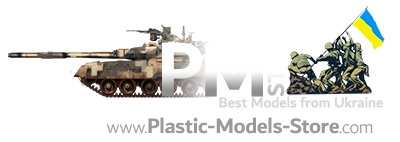


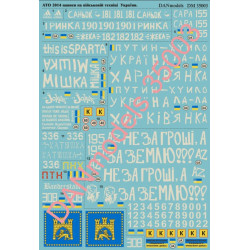
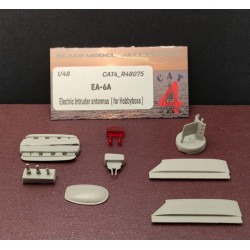



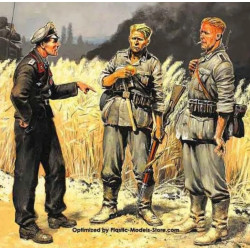



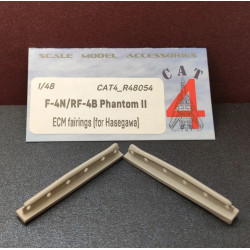
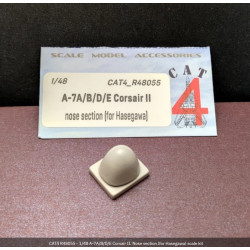

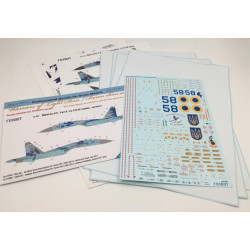
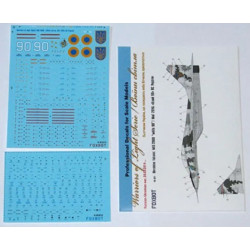

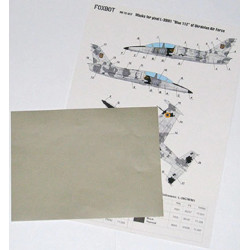
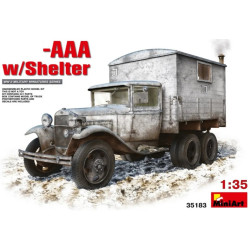


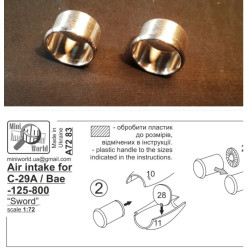
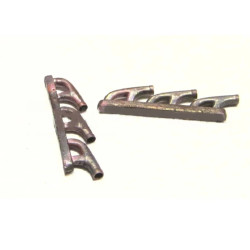
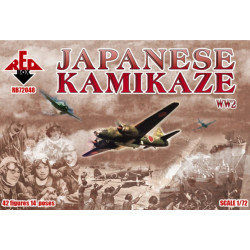








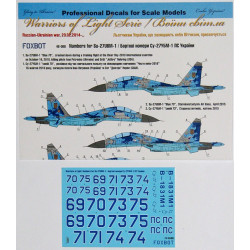
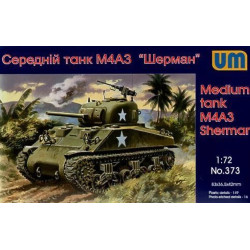









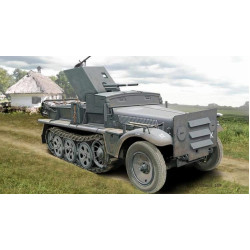
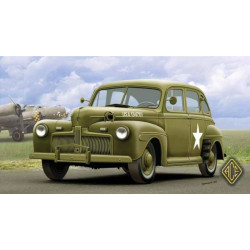
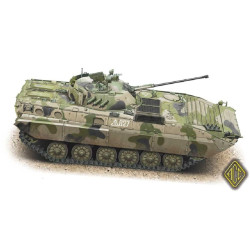
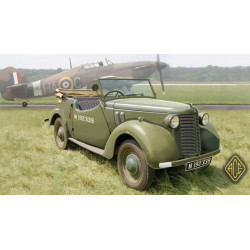
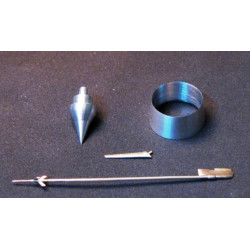

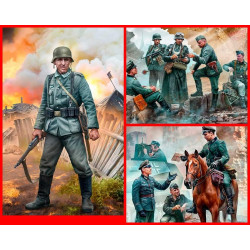
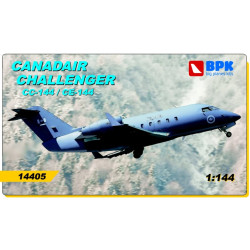
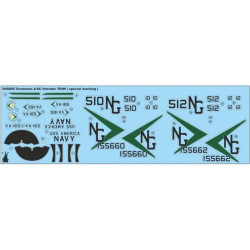

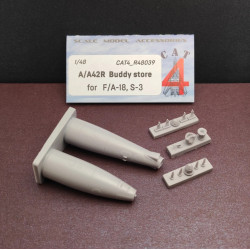

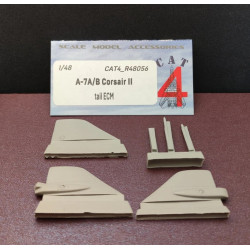
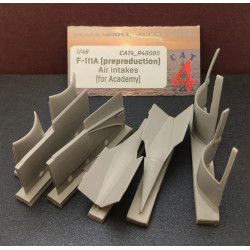
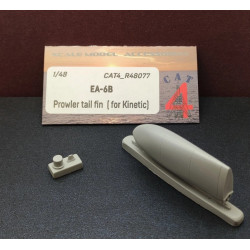
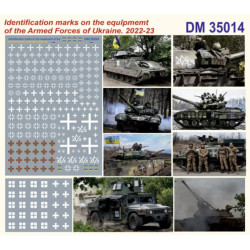
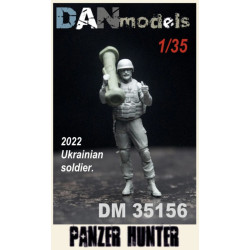




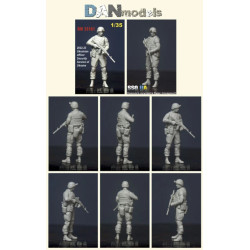

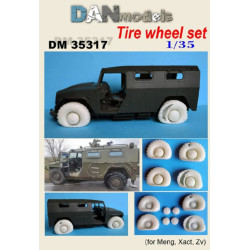

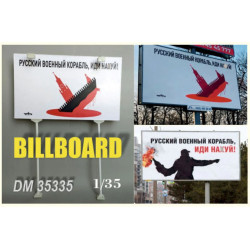
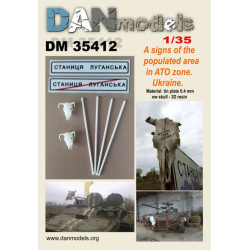


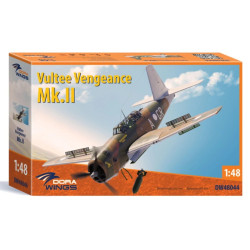

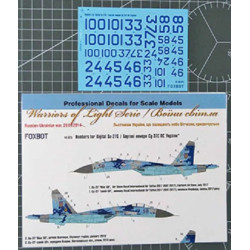

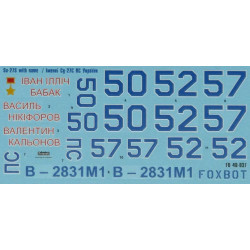

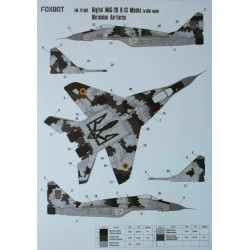






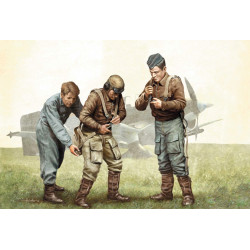

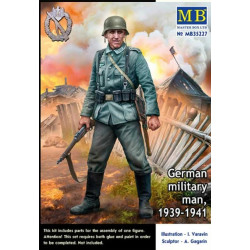
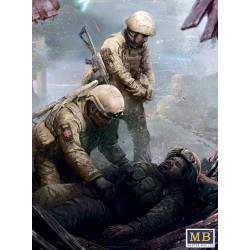












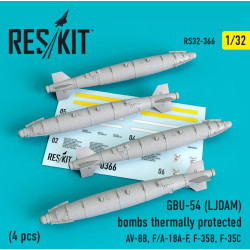










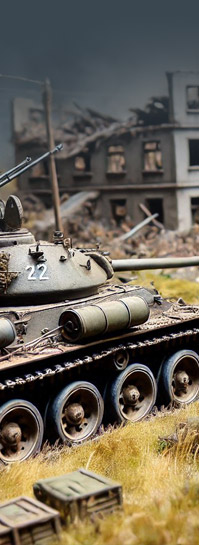

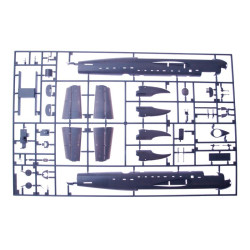
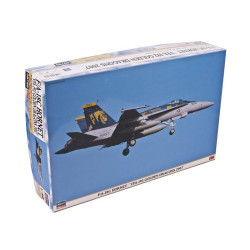
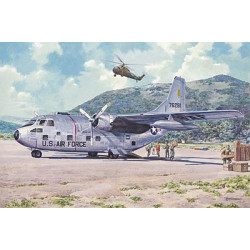
-250x250w.jpg)

